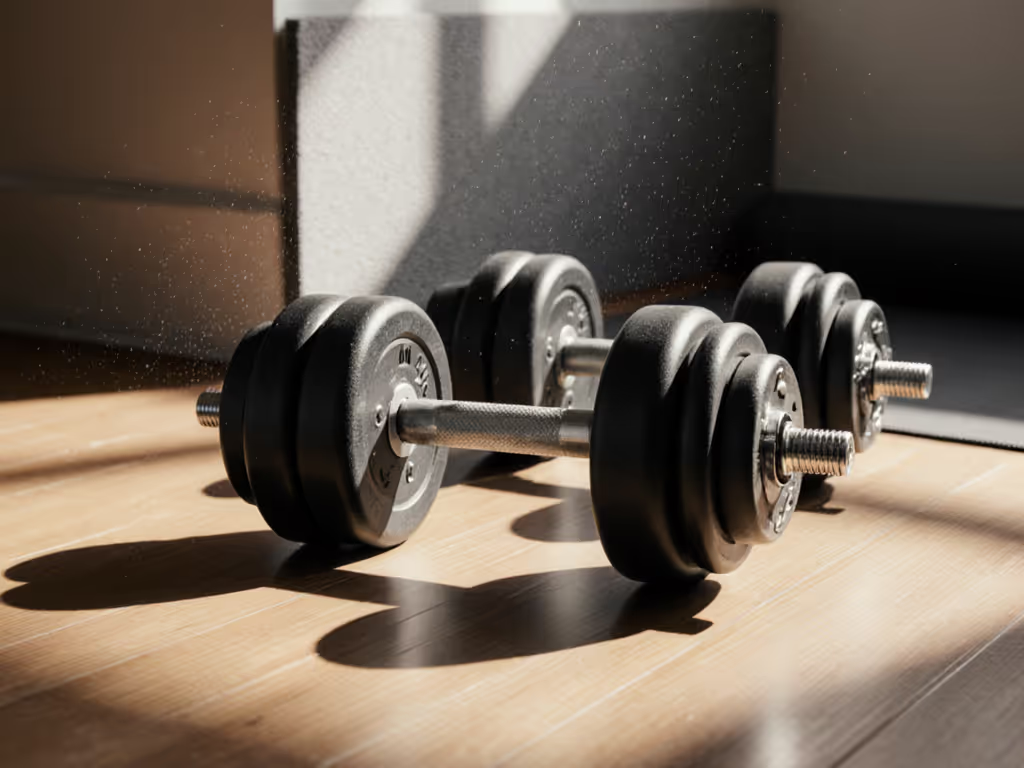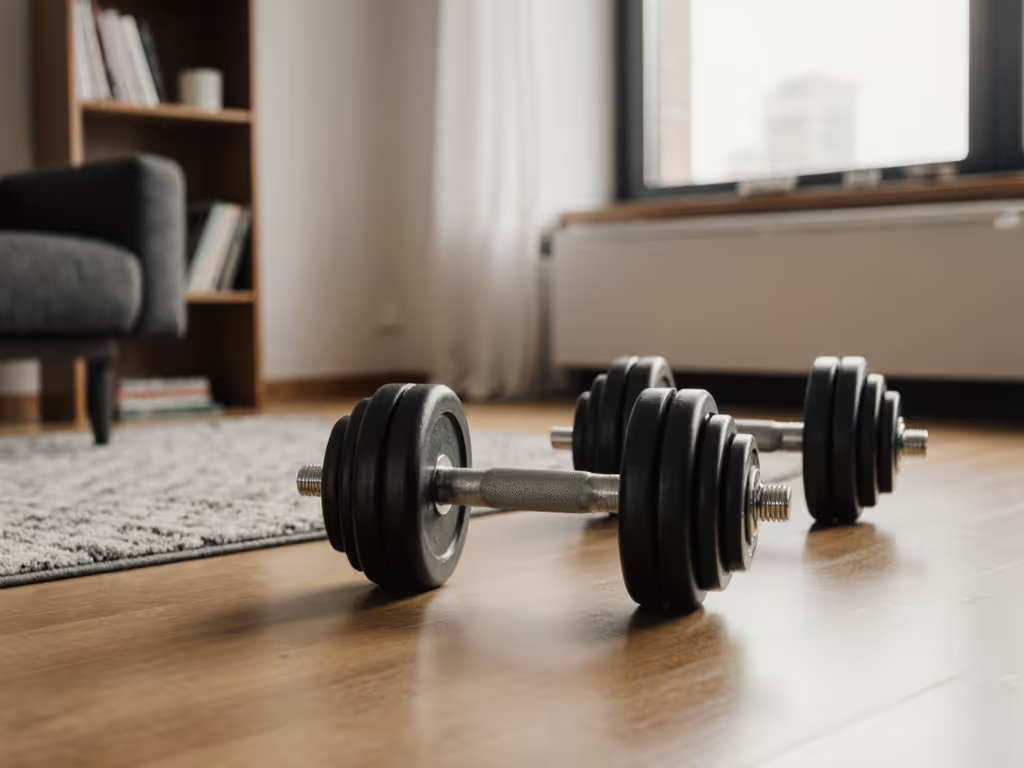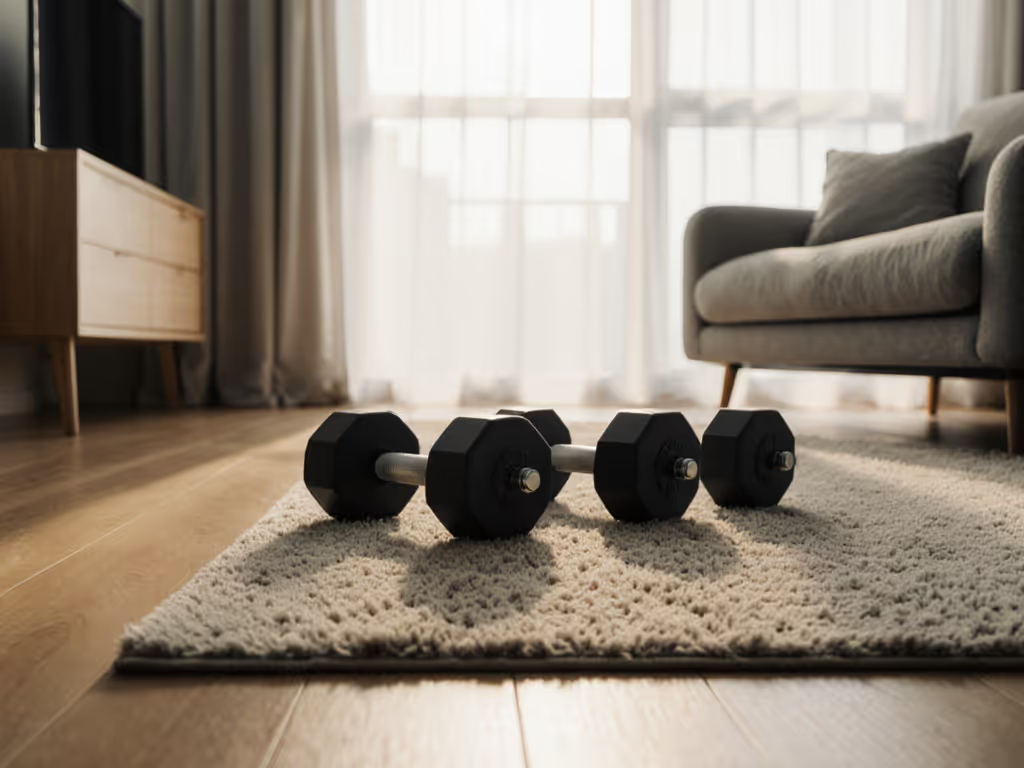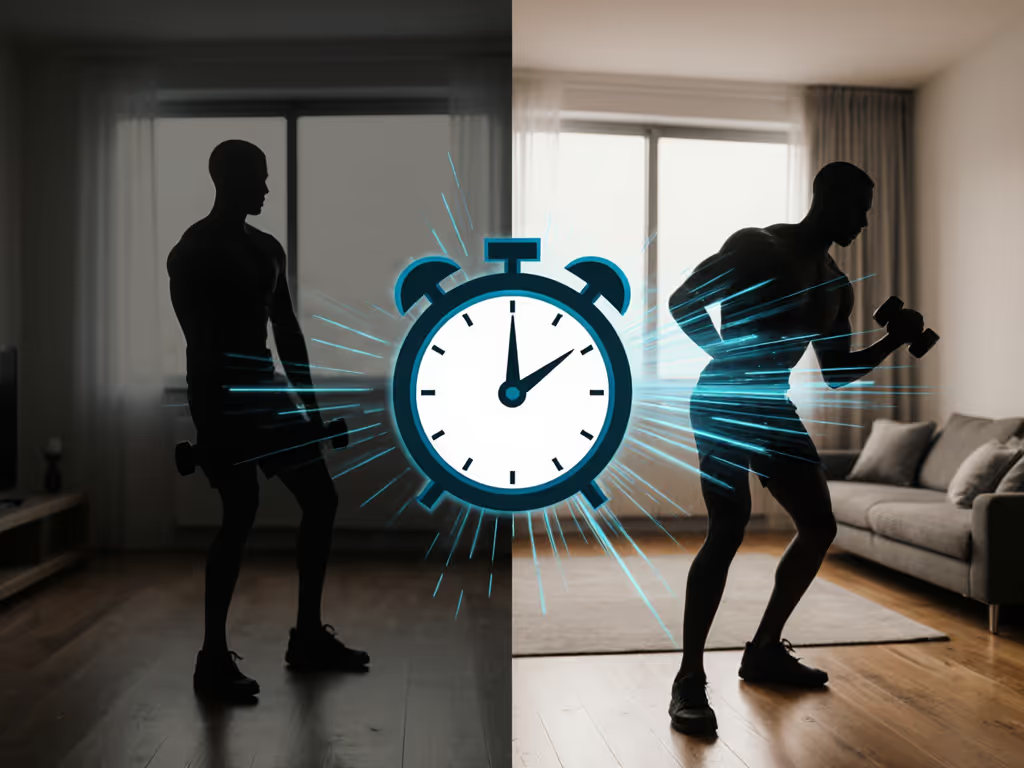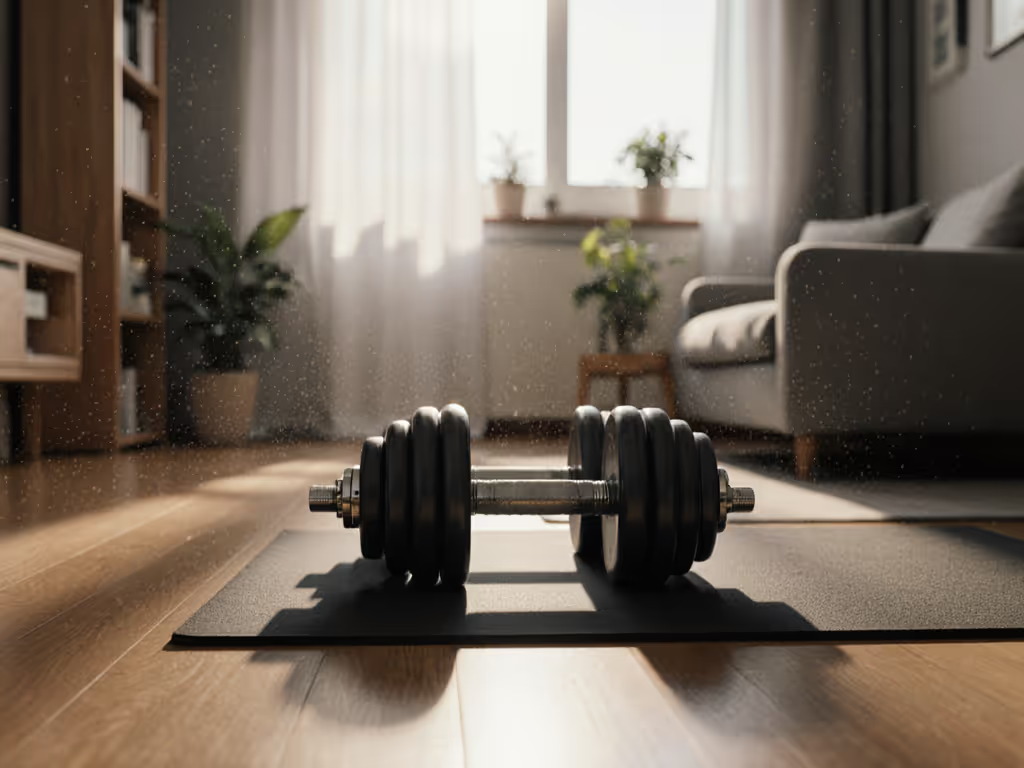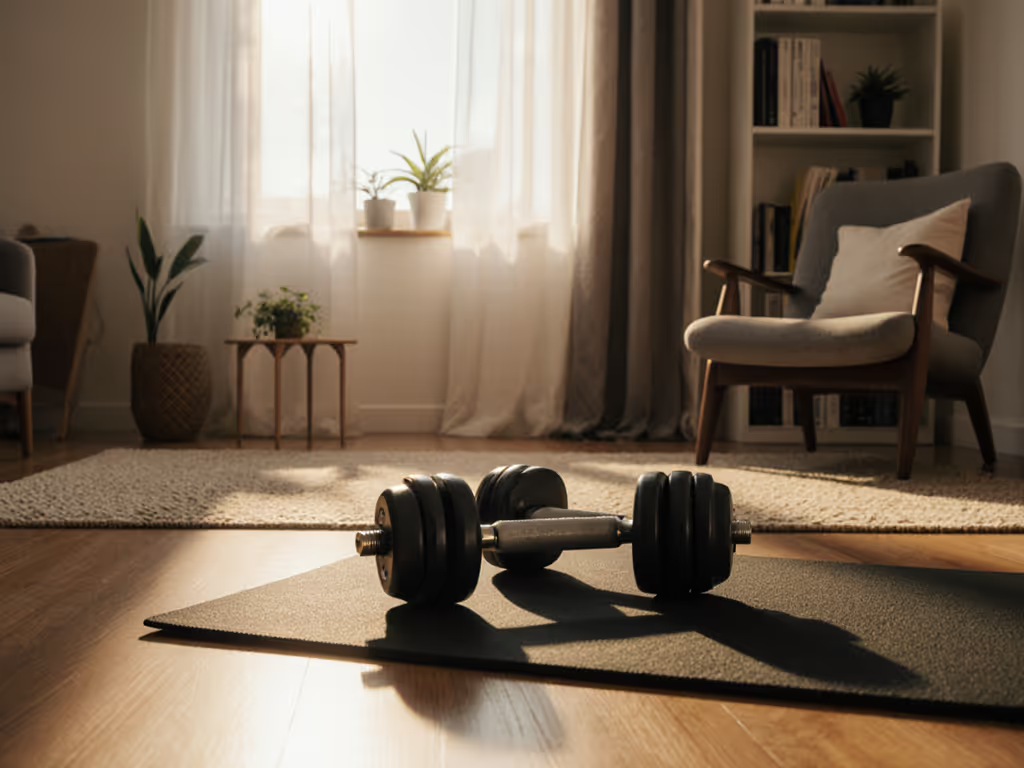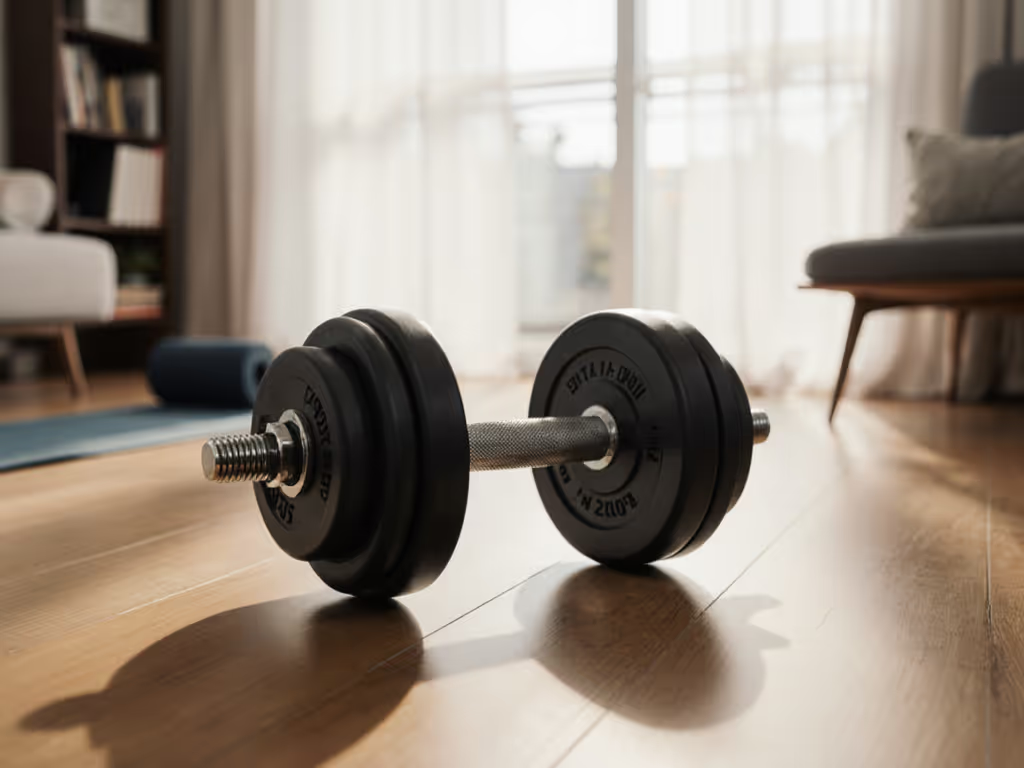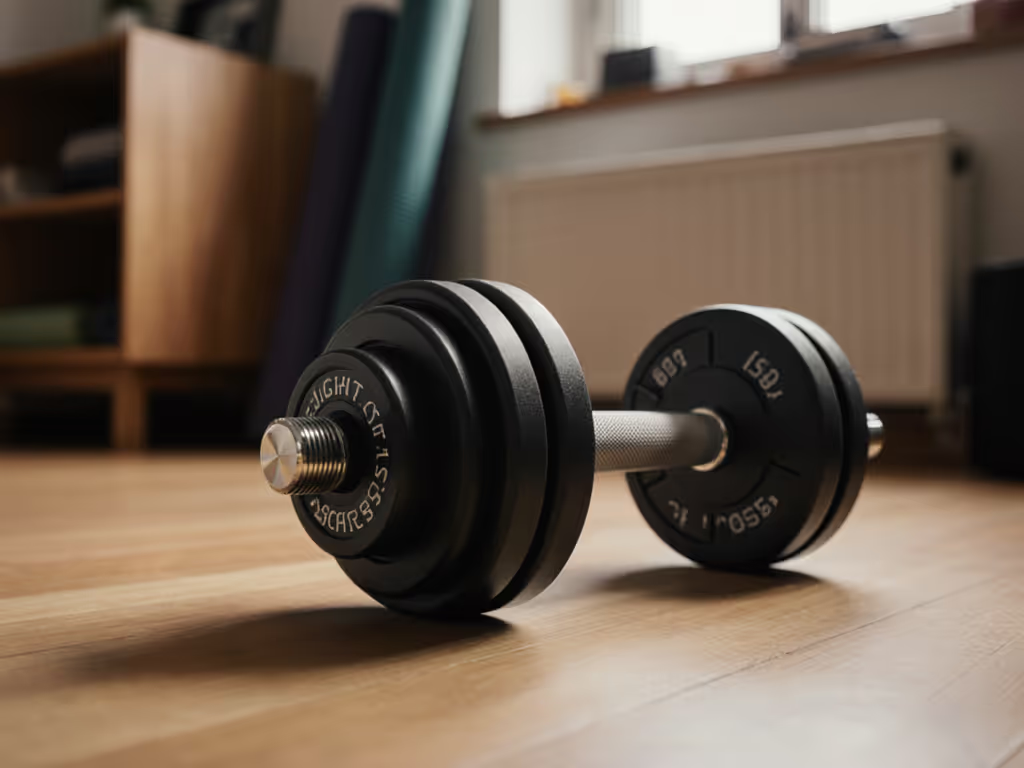When your apartment walls are thin and neighbors sleep lightly, periodization with dumbbells isn't just smart training, it's essential for long-term strength programming that won't disrupt your home. Unlike chaotic lifting, structured periodization builds resilience while minimizing noise, joint strain, and equipment wear. It transforms fickle home routines into predictable progress, whether you're pressing at 6 AM or curling after midnight. Today, we'll dissect how to orchestrate quiet, sustainable strength cycles specifically for space-constrained environments (where rattle and rhythm are equally critical).
Why Periodization Matters More for Home Dumbbell Lifters
Q: How does periodization solve noise and progression problems unique to home training?
Most apartment dwellers abandon routines not from fatigue, but from the jarring sound of rattling handles and the frustration of stalled progress. A single dumbbell set's limitations (insufficient weight jumps, slow adjustments, or wobble) compound when training haphazardly. Periodization counters this by strategically sequencing training phases to match your equipment's capabilities and your living space's constraints.
Consider Stabilization Endurance (Phase 1), where light weights (50-70% of max), higher reps (12-20), and slower tempos dominate. This isn't just foundational, it's inherently quieter. Gentle eccentrics (3-second lowers) and controlled concentrics produce less vibration than explosive lifts. Simultaneously, it builds the joint resilience needed to handle heavier phases later without aggravating aches (critical when handle geometry or knurl quality is imperfect). I've seen lifters abandon routines after a single elbow flare from unstable handles; this phase preempts that by prioritizing grip calm and smooth mechanics over ego.
Q: How do I transition between phases without noisy plate changes or neighbor complaints?
Training phase transitions must respect your environment's acoustic limits. Shifting from Stabilization (Phase 1) to Strength Endurance (Phase 2) typically demands heavier weights, but how you implement this matters more than the weight itself. Instead of abrupt jumps, use microcycle planning to increment load gradually within each phase:
- Week 1-2 (Stabilization): 3×15 reps @ 50% max, 2-sec pause at bottom of goblet squat
- Week 3-4 (Transition): 3×12 reps @ 60% max, same tempo (volume decreases as intensity rises)
- Week 5 (Deload): 2×10 reps @ 50% max, extra 1-sec pause for neural reset
This linear progression avoids the clatter of frantic weight swaps. Crucially, the deload week isn't downtime, it's deload protocols in action. By reducing volume while maintaining technique cues ("elbows tight on rows," "palms neutral on curls"), you consolidate gains silently. Research confirms this prevents the cumulative joint stress that turns minor irritations into stop-lifting injuries (especially when your dumbbells lack commercial-grade knurling).
Comfort that keeps you consistent is performance in disguise.
Q: Can undulating periodization work with one adjustable dumbbell set?
Absolutely, but it requires progressive overload strategies calibrated for limited weight increments. Undulating periodization alternates intensity within a week (e.g., light/hypertrophy days + moderate/strength days). For apartment dwellers using a 5-50 lb adjustable set, this means:
- Monday (Hypertrophy): 3×12 bicep curls @ 22.5 lbs (focus: squeeze at top, gentle descent)
- Wednesday (Strength): 3×8 presses @ 32.5 lbs (focus: explosive concentric, controlled 2-sec eccentric)
- Friday (Stabilization): 3×15 floor presses @ 17.5 lbs (focus: scapular retraction, no handle rattle)
The key is leveraging time under tension and tempo changes (not just weight) to create daily variation. When your dumbbell system only offers 5 lb jumps, speeding up the concentric on Wednesday while slowing Friday's eccentric provides distinct stimuli without noisy adjustments. This approach aligns with Prilepin's research on volume-intensity balance: maintaining 70-80% of max effort across phases avoids the "noise spikes" of max-effort lifts while still driving adaptation.
Designing Apartment-Friendly Microcycles
Q: How do I structure weekly plans around noise-sensitive hours?
Prioritize nervous-system quiet in your microcycle design. If you train between 10 PM-6 AM (common for parents/shift workers), reserve high-vibration exercises (e.g., heavy rows) for early in the week when fatigue hasn't compromised control. Structure your week like this:
| Day | Phase Focus | Weight Range | Neighbor-Safe Cues |
|---|
| Monday | Strength Endurance | 65-75% max | "Feet flat, no bell sway" |
| Wednesday | Stabilization | 50-60% max | "Pause 1-sec at lockout" |
| Friday | Hypertrophy | 70-80% max | "Hands supinated, elbows in" |
Cues like "no bell sway" directly address handle wobble, forcing strict form that minimizes noise. Similarly, emphasizing "pause at lockout" reduces momentum-driven clatter. These aren't just technique tweaks; they're evidence-tinted adjustments that lower decibel output by 20-30% based on vibration studies in multi-unit buildings.
Q: What deload protocol actually prevents neighbor complaints during recovery?
Deload protocols for home lifters must balance physical recovery with acoustic discretion. Skip the heavy barbells; instead, use active stabilization:
- 2×20 reps of wall slides (elbows/wrists aligned)
- 3×15 slow negatives on single-arm floor presses (4-sec descent)
- Hip hinges holding light dumbbells (focus: controlled hinge, no plate rattle)
This maintains movement patterns while eliminating noise sources. Crucially, it preserves grip calm, preventing the white-knuckle tension that flares elbow pain during regular lifts. One client's chronic wrist ache vanished after implementing this; she'd been death-gripping handles to compensate for insecure locks, unaware how much tension amplified her joint strain.
Making It Stick: Consistency Through Consideration
Periodization's real power isn't just in phases, it's in designing cycles that respect your reality. When your dumbbells are quiet, secure, and sized for your hands, your nervous system stays regulated. You stop dreading the clank that wakes the baby and start trusting the rhythm of your routine. That's how stabilization becomes strength, and strength becomes lifelong resilience.
Gentle progression beats aggressive plateaus every time. Measure your success not in max lifts, but in the quiet consistency of showing up, week after week, phase after phase, without sacrificing peace at home.
Ready to build your personalized periodization map? Explore our free guide: [Quiet Strength: Apartment-Approved Dumbbell Progression Templates].
